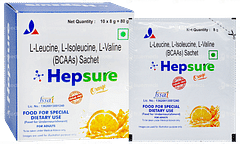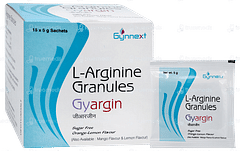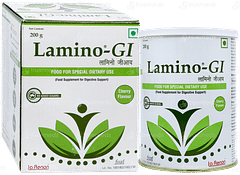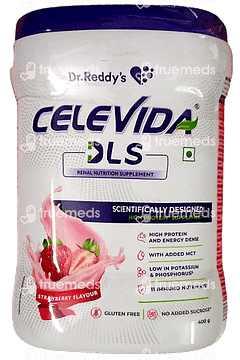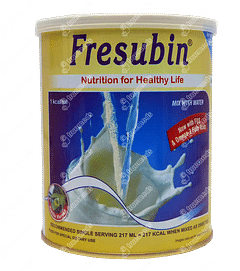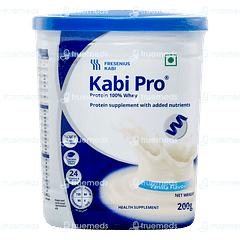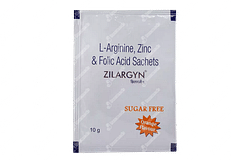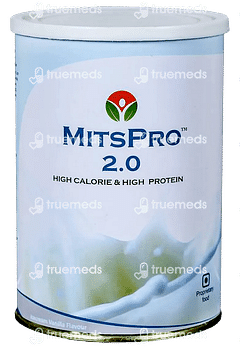Hematologic
Hematologic diseases and disorders affect the blood, bone marrow, and circulatory system, disrupting blood cell production, function, or lifespan. Causes vary, including genetic factors, infections, or immune disorders. Common types include anaemia (low red blood cells, causing fatigue), leukaemia (cancer of blood-forming tissues), haemophilia (impaired blood clotting), thrombocytopenia (low platelet count, risking excessive bleeding), and sickle cell disease (misshaped red cells blocking blood flow). Symptoms range from fatigue and weakness to bleeding and pain. Diagnosis typically involves blood tests, and treatments include medications, blood transfusions, or bone marrow transplants. Early detection improves management and patient outcomes.
Hemorrhage is a medical condition characterised by blood loss from a damaged blood vessel, which can occur internally or externally. The severity of a hemorrhage varies depending on the location and amount of blood lost. Prompt identification and treatment are crucial to prevent complications and ensure the best possible outcome for the patient.
6th Nov 2024
|
15 mins read
Thrombocytopenia is a condition characterised by a low platelet count in the blood, which can lead to an increased risk of bleeding. It can be caused by various factors, including autoimmune disorders, bone marrow diseases, and certain medications. The severity of thrombocytopenia is classified into mild, moderate, and severe stages based on the platelet count.
7th Nov 2024
|
15 mins read
Anaemia is a common condition characterised by a lower-than-normal number of red blood cells or the amount of haemoglobin in the blood. It can cause various symptoms such as tiredness, weakness, and shortness of breath. Anaemia can be caused by inadequate production, excessive loss, or increased destruction of red blood cells, and requires timely diagnosis and treatment.
11th Nov 2024
|
14 mins read
Thrombosis is a condition characterised by the formation of a blood clot within a blood vessel, which can obstruct blood flow and lead to serious complications. Deep vein thrombosis (DVT), a type of thrombosis, occurs when a blood clot forms in the deep veins of the body, most commonly in the legs. Effective blood clot prevention and treatment are crucial in managing this condition.
11th Nov 2024
|
14 mins read
Chronic iron overload is a condition in which the body accumulates excessive amounts of iron over time. This can lead to organ damage and potentially life-threatening complications if left untreated. Iron accumulation occurs when the body absorbs more iron than it needs, either through excessive dietary intake, repeated blood transfusions, or genetic mutations that affect iron regulation.
11th Nov 2024
|
14 mins read
Blood coagulation is a complex physiological process that prevents excessive blood loss following an injury. It involves the activation of various blood components called coagulation factors, which interact in a cascade to form a fibrin clot that seals the wound and promotes healing. While coagulation is a vital process, disorders of coagulation can lead to various symptoms, including bruising, haemorrhage, thrombosis, and infarction.
27th Nov 2024
|
14 mins read
Latest health articles
Top Health Essentials
Top-Selling Medicines:
...View more
Top-OTC medicines:
...View more
Subscribe
Claim your complimentary health and fitness tips subscription and stay updated on our newest promotions.
Download Truemeds
Manage your health with ease Download Truemeds today!Get easy access to medicine refills, health information, and more. With our app, you'll never have to wait in line again. Download now and start taking control of your health.

Contact Us
Our customer representative team is available 7 days a week from 9 am - 9 pm.
v3.4.16
Our Payment Partners
























